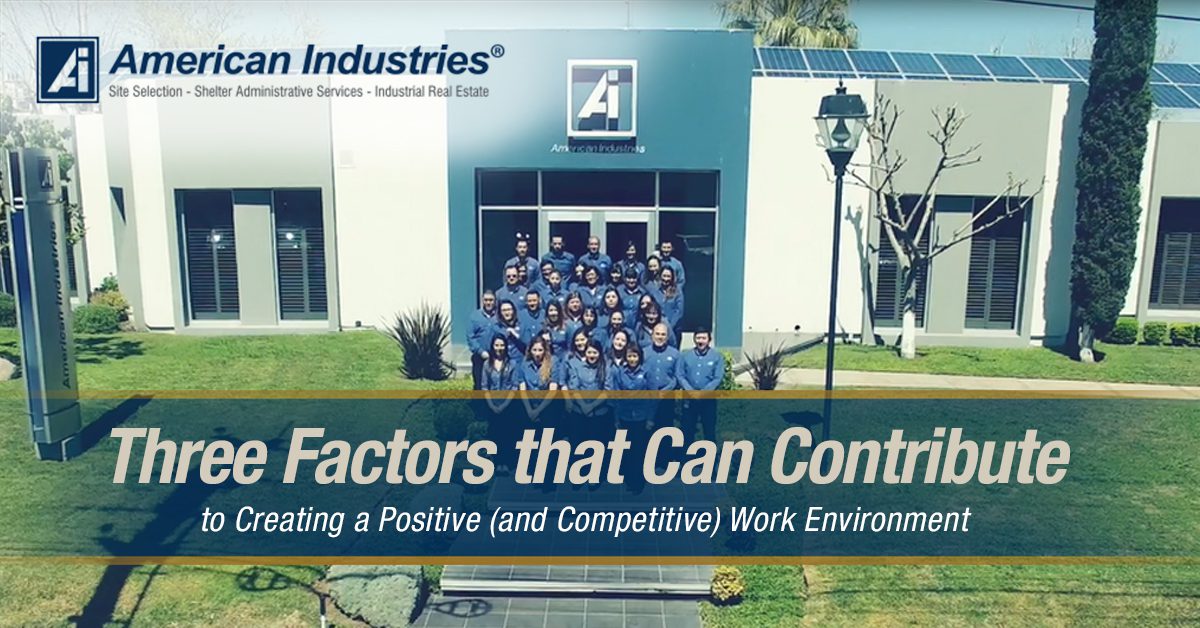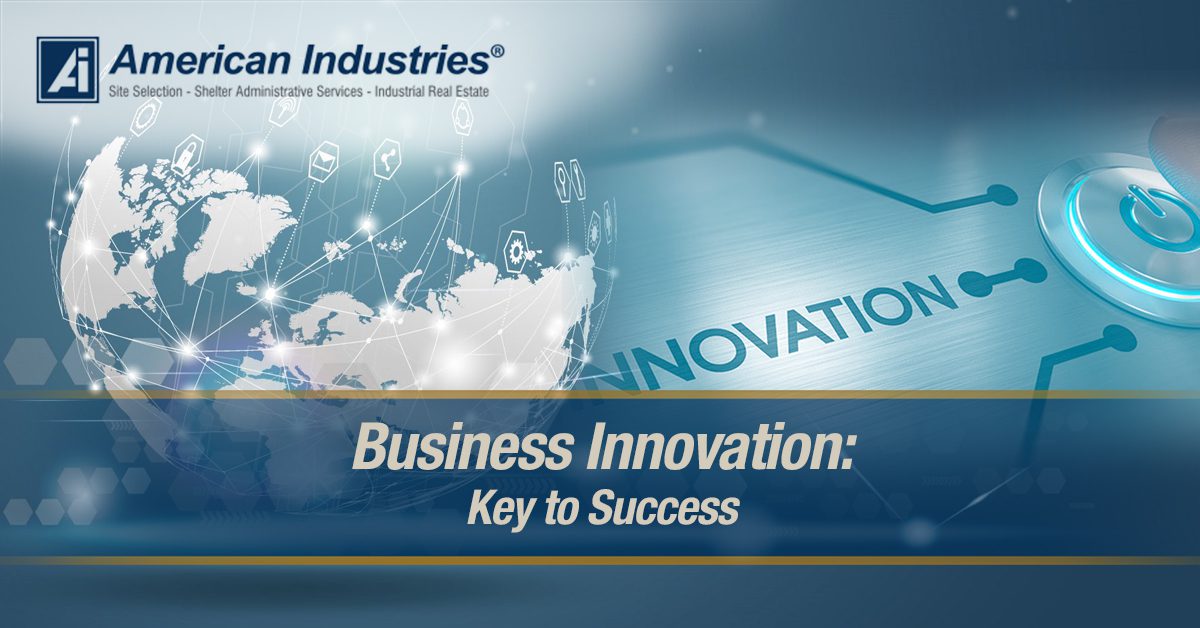April 14, 2025
Human Resources: A Company’s Biggest Ally in Becoming More Agile
By Yesica Ramírez | Real Estate Human Resources Leader at American Industries Group®

Published 01/18/2022
The past two years have marked a before and after in how companies react to change and highlighted the fact that human capital is an organization’s most important asset. Companies are evolving to meet the demands of an increasingly VUCA (volatile, uncertain, complex, and ambiguous) business environment and world to succeed in this new panorama. As they search for ways to become more agile, it has become clear that an organization’s people are at the core of this change. As such, Human Resources plays a critical role by providing employees and companies with the skills they need to create a solid foundation for handling current and future challenges.
During the pandemic, the sudden transition to a home office and the drastic way companies changed the way they use technology, revealed a need for developing not just hard skills, such as training in computer programs, but also soft skills, such as the creativity to work independently, the ability to adapt, resilience, analytic skills, leadership, and autonomy, among others. This has required an overall shift in a company’s workflow, culture, training processes, and hiring policies.
These changes in employees’ needs and the need for a new response to meet them are just one example of why companies are striving to become more agile, which is much easier said than done. Inside a company, increasing agility requires an overall change in an organization’s philosophy and vision, including adopting attitudes and mindsets like transparent leadership, open and synergetic communication, and a greater focus on teamwork.

Increasing agility across a company requires a shift in the traditional role of Human Resources from focusing on working for managers and directors (by reducing costs and having motivated personnel) to creating value for customers by conforming a fluid and transparent network of players who are working towards a common goal.
Some ways Human Resources can begin doing this is by implementing more agile practices for assessing performance, including circular feedback through both formal and informal channels (meaning employees can also provide feedback about their superiors and managers) and investing in professional trainers for management so they can have more effective leadership skills and as trainers. Another way is to facilitate constant and ongoing feedback between teams, supervisors, and customers by investing in apps for all parties to provide instant feedback.
Viewing companies as a living and organic network sustained by the efforts of its human talent working in an inclusive culture that promotes a shared vision, mutual understanding, and transparency increases agility, business continuity, and long-term growth. By gradually adopting new perspectives on and practices in Human Resources, companies can begin laying the groundwork for becoming more agile, ensuring they are prepared for whatever the future may hold.
During the pandemic, the sudden transition to a home office and the drastic way companies changed the way they use technology, revealed a need for developing not just hard skills, such as training in computer programs, but also soft skills, such as the creativity to work independently, the ability to adapt, resilience, analytic skills, leadership, and autonomy, among others. This has required an overall shift in a company’s workflow, culture, training processes, and hiring policies.
These changes in employees’ needs and the need for a new response to meet them are just one example of why companies are striving to become more agile, which is much easier said than done. Inside a company, increasing agility requires an overall change in an organization’s philosophy and vision, including adopting attitudes and mindsets like transparent leadership, open and synergetic communication, and a greater focus on teamwork.

Increasing agility across a company requires a shift in the traditional role of Human Resources from focusing on working for managers and directors (by reducing costs and having motivated personnel) to creating value for customers by conforming a fluid and transparent network of players who are working towards a common goal.
How to do it?
Some ways Human Resources can begin doing this is by implementing more agile practices for assessing performance, including circular feedback through both formal and informal channels (meaning employees can also provide feedback about their superiors and managers) and investing in professional trainers for management so they can have more effective leadership skills and as trainers. Another way is to facilitate constant and ongoing feedback between teams, supervisors, and customers by investing in apps for all parties to provide instant feedback.
Viewing companies as a living and organic network sustained by the efforts of its human talent working in an inclusive culture that promotes a shared vision, mutual understanding, and transparency increases agility, business continuity, and long-term growth. By gradually adopting new perspectives on and practices in Human Resources, companies can begin laying the groundwork for becoming more agile, ensuring they are prepared for whatever the future may hold.
YOU MIGHT ALSO LIKE
September 4, 2024

In the competitive landscape of global trade, understanding the nuances of tax regulations is crucial for exporters looking to optimize their operations. In Mexico, one of […]
December 21, 2020

With the labor market becoming increasingly competitive, it is more important than ever for companies to establish and maintain an excellent work environment. A changing culture […]
February 26, 2025

Everything You Need to Know About Business Culture in Mexico Regardless of your industry – whether you’re looking to start doing business in Mexico or establish […]
February 7, 2023

On January 9-10, 2023, United States President Joe Biden and Canadian Prime Minister Justin Trudeau met with Mexican President Andrés Manuel López Obrador in Mexico City […]
July 28, 2022

Without a doubt, innovation allows a company to stand the test of time. Innovation in business aims to create added value for clients, shareholders, personnel, suppliers, […]
November 29, 2022

Mexico and the United States have a long history of social and economic interdependence, ties which are more important today than ever. Recent years have highlighted […]



